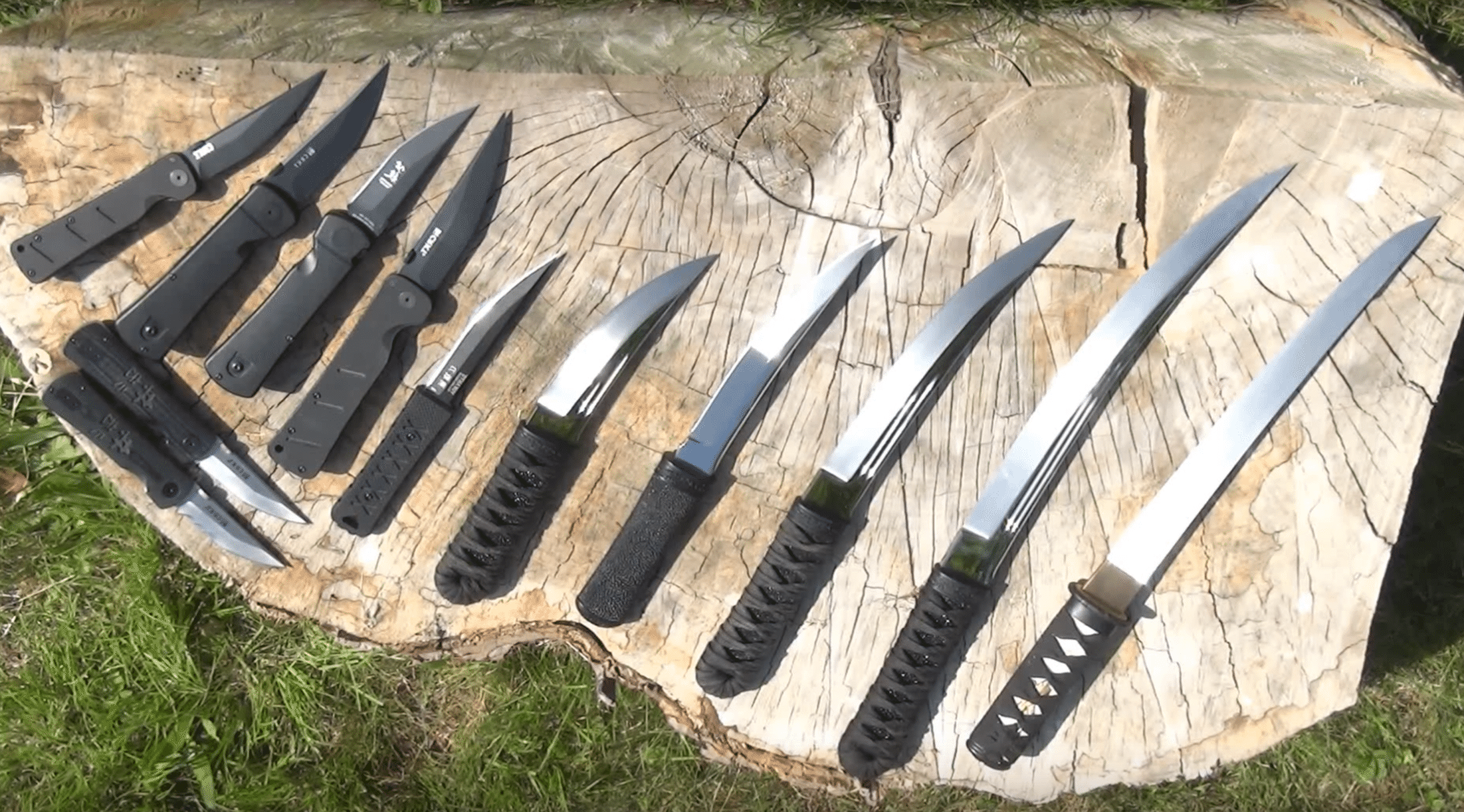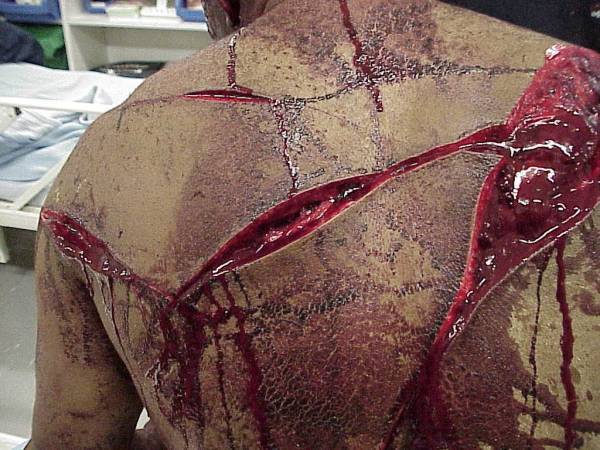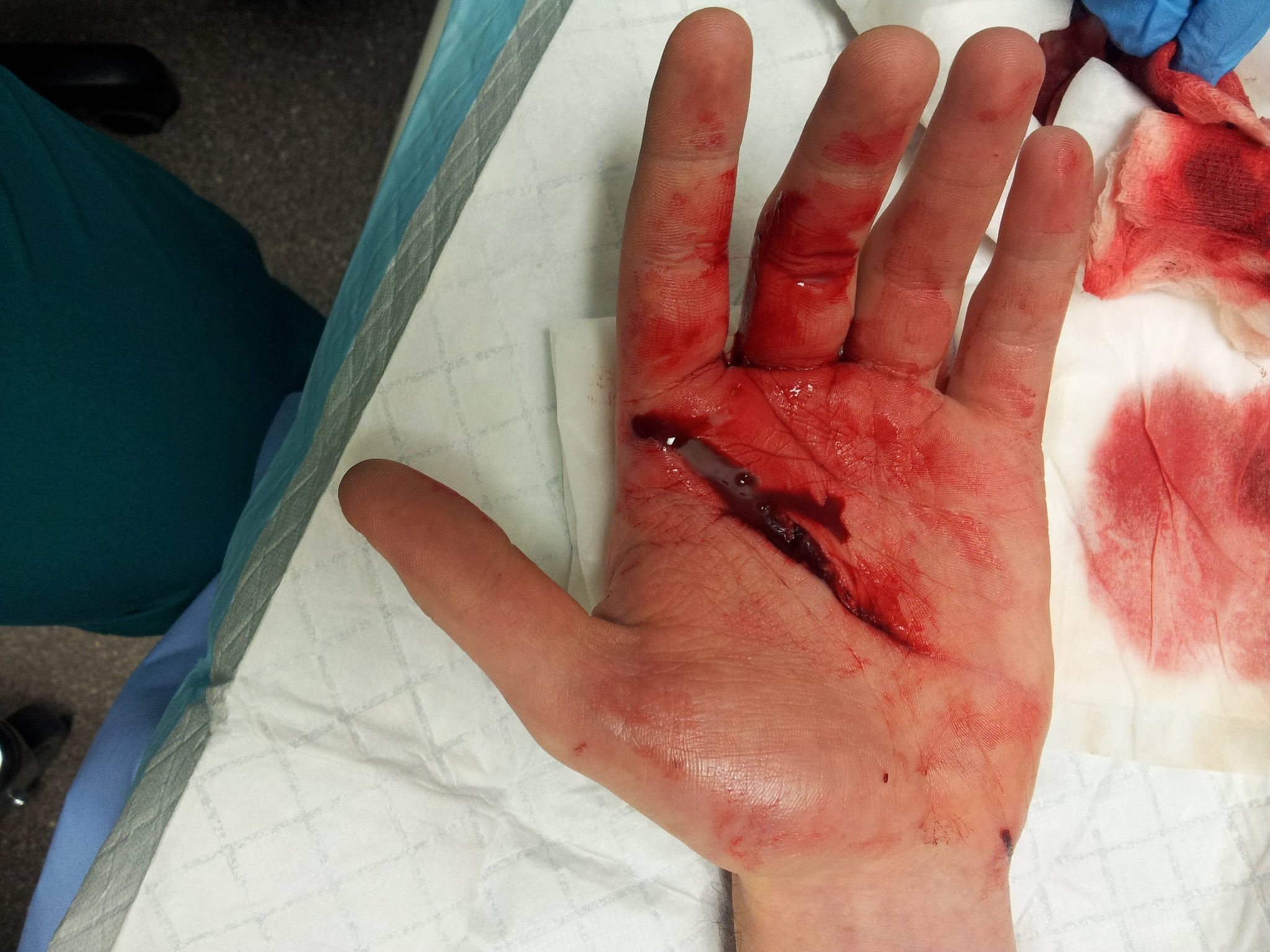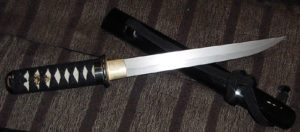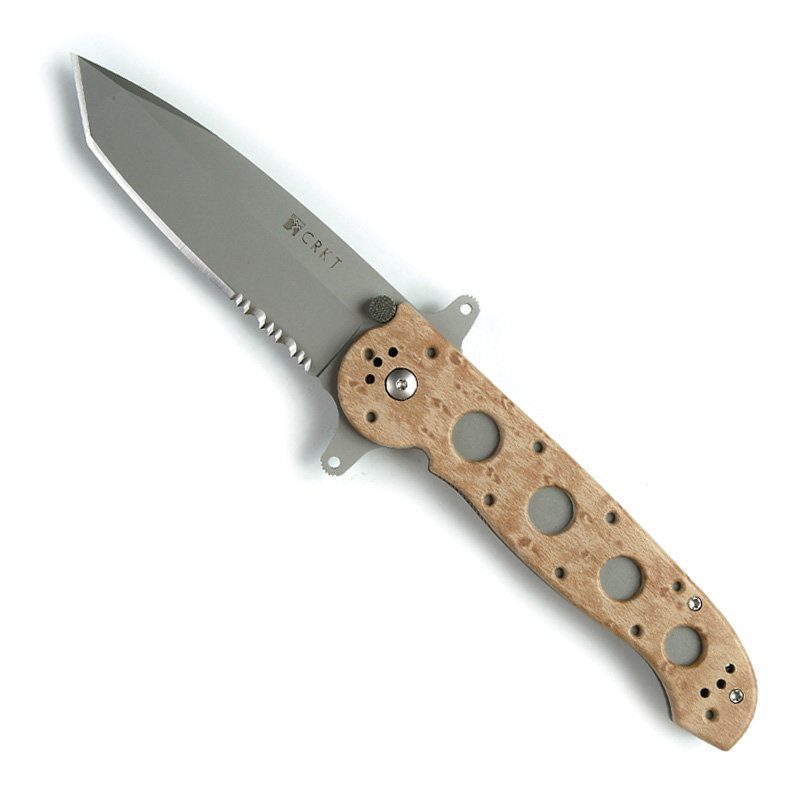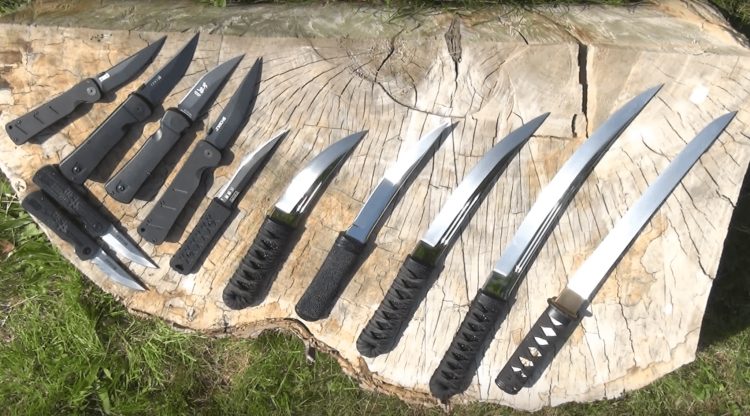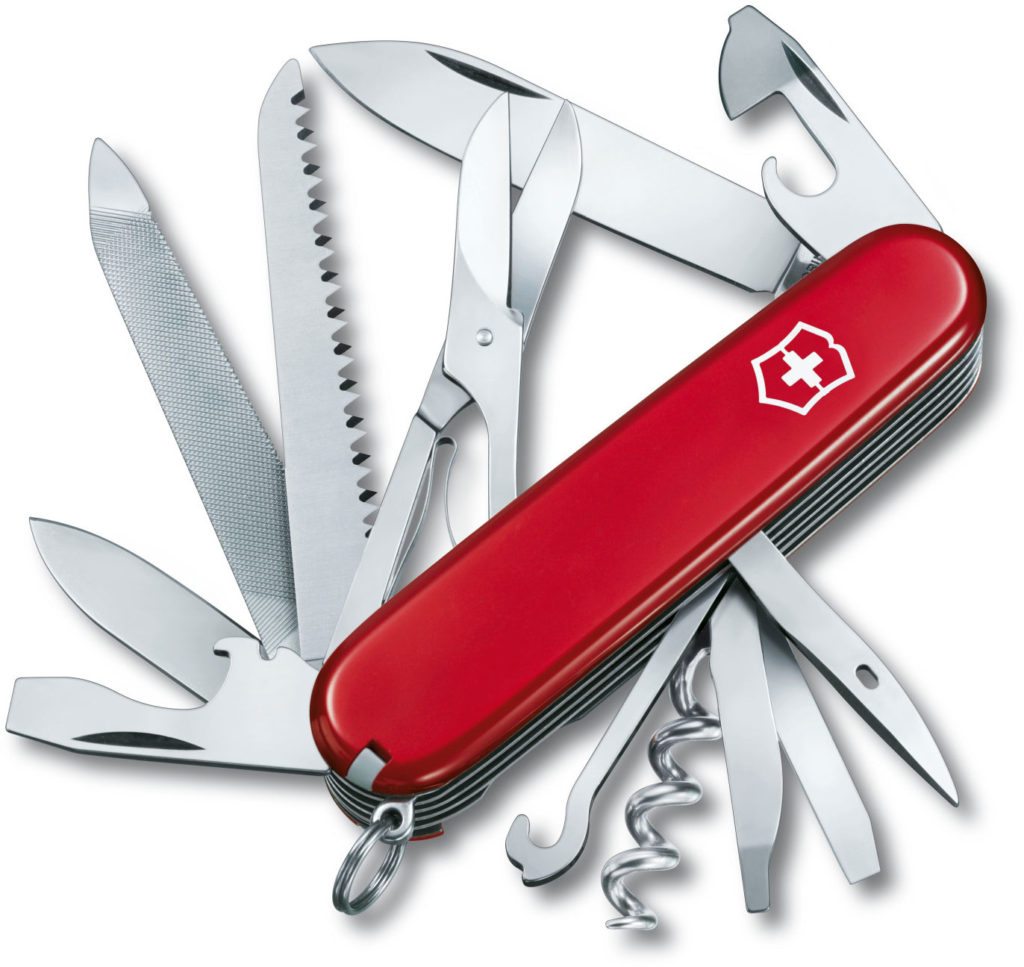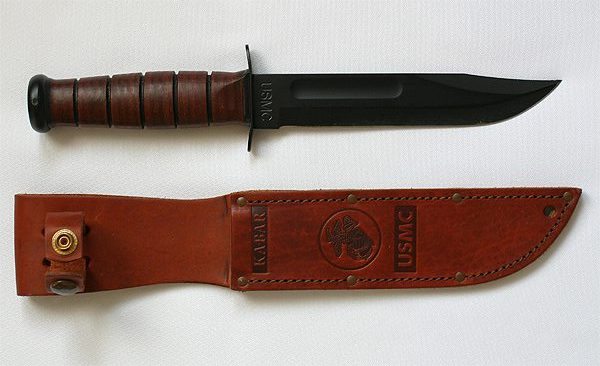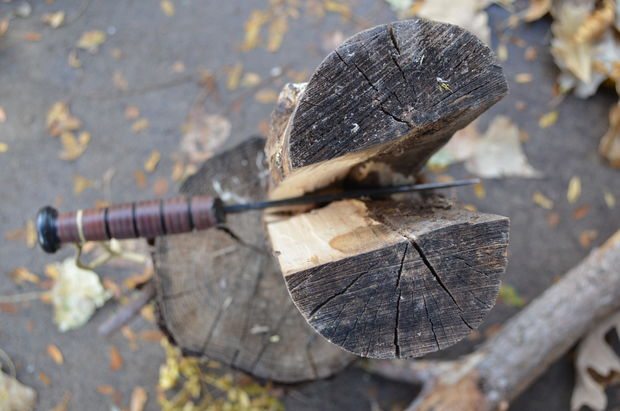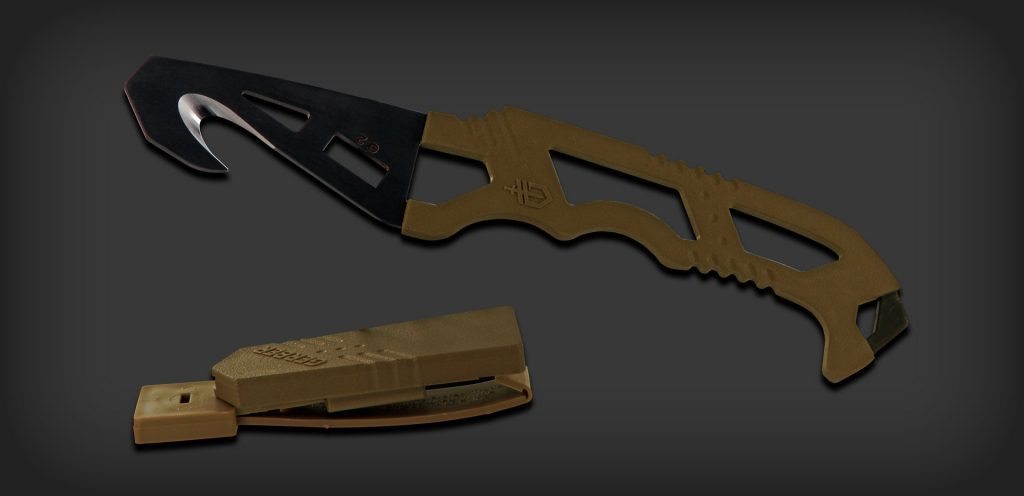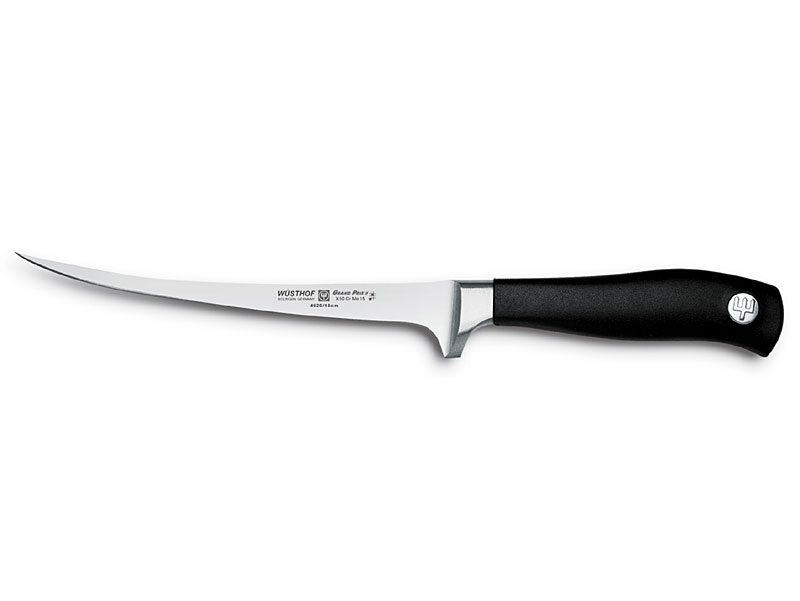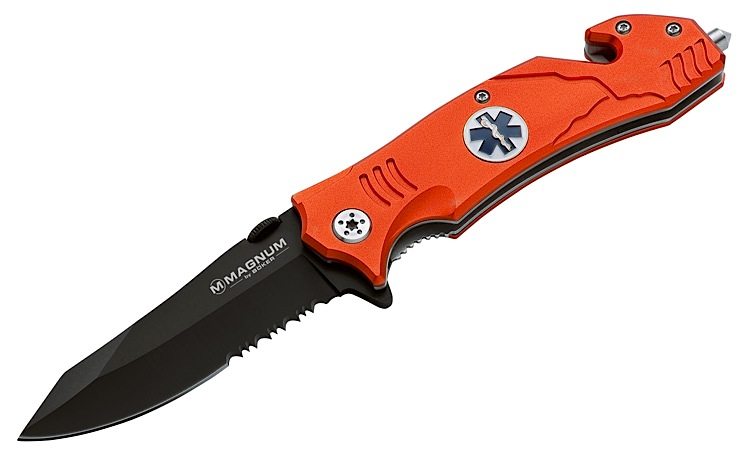The recent Every Day Carry (EDC) trend has been interesting to say the least. I am always amazed at how things that were normal for many of us suddenly become these huge viral trends among the civilians and city dwellers. I have always carried a knife or two since I was seven years old. I grew up farming and logging and you need a knife about every ten minutes on a farm. Later in special operations the knives and tools I carried changed somewhat. Now on the other side of a career that I won’t allow to end, I find myself looking at this EDC thing with a mixture of amusement and annoyance. Amusement because I find it difficult to believe so many people are so enthusiastic about such a common thing. Annoyance because most people really don’t have any idea what they’re talking about. But hey, that gives us a unique opportunity to educate and to pay knowledge forward!
Overview
This is a very serious subject and one I think deserves a very serious tone. Lives can be saved or lost in the decisions we make about blades. It is important to understand a few facts of life. This begins with the actual purpose of the knife. We must fully understand why we are carrying a knife and this is a reality I don’t think most people have come to terms with. This affects a great many aspects of your life. What we have today is hundreds of thousands of people carrying a knife who will never use it because they don’t train to. It’s time to get real or go home.
A knife or blade falls into one of three categories based on its use.
- Combat (killing)
- Utility (work & survival)
- Specialized tools (special tasks)
Blades have always been about killing (human or animal) and utility. It is very important to understand that the design is necessarily different for each purpose. As mankind has evolved, the characteristics of each has evolved as well. For example, the advent of armor led to a variety of adaptations in knife and sword design. Likewise, depending on the utility tasks, the designs varied in this area as well.
It is amusing and perhaps appropriate to make a historical observation regarding knives of the past and present. These days people are buying up three inch blades and acting very tough in displaying their “EDC” in pictures online. However, back in the day when your life really did depend on your blades, women wouldn’t be caught dead with anything shorter than six inches and men nothing shorter than ten inches. Let that sink in for a minute. Today a 15th century Japanese woman would be far better armed than today’s American male. It’s a fun thought experiment I like to use to challenge people’s limiting beliefs.
Please don’t get me wrong. Knife wounds are nasty all the way around. the majority of knife wounds tend to be very superficial. The reason is that most people lash out just as they pull punches by being too tense. In 20 years as a Paramedic working in the most violent cities in the nation, I have only seen one death from a knife fight. The circumstances surrounding that death were definitely out of the norm in every respect. The rest were minor wounds and often the patients didn’t bother going to the hospital. While I have not personally killed a person with a knife, I have a few friends who have and I debriefed them carefully. I have also interviewed convicts who have killed people with knives. In each case the information gleaned matches what I have been taught by people like James Williams, North America’s premier expert on Samurai fighting arts. Before moving on, I want to point out to those who think a lot of blood is a big deal, as nasty as the wounds below look, all they really are is a lot of stitches waiting to happen. These guys walked into the ER and that means they were still able to fight, pull a gun, kill their attacker, etc. It takes experience to fully understand what constitutes an incapacitating wound and what does not.
On Combat Blades
Before we go further I need to change the language I’m using. Make no mistake; when I say “combat” I mean KILLING. That is what combat is. It’s killing and please don’t ever forget that. There is a massive difference between wounding and killing. A combat knife is an instrument of death, just like a firearm is. You only take it out to use it for its intended purpose – to kill.
When examining a knife for killing, the design of the blade is critical for effectiveness. The blade must be able to reach deep structures of the anatomy easily and quickly in order to cause rapid life threatening injury that will result in rapid incapacitation. Any sharp metal or rock can lacerate flesh. But that’s not the reason you pulled the knife any more than you pulled a gun to just graze a rapist’s leg. If you put a weapon into action, it is there to kill and if you don’t use it as such you’re putting yourself and others at greater risk of losing their lives. In a fight to the death, milliseconds count. The faster you can end it the better. A blade design that does not go deep with ease can cause damage, but it prolongs the fight. The longer the battle, the more chance you stand of losing or taking severe damage.
Therefore, you need a knife that will easily lacerate the deep major blood vessels of the limbs, slice tendons and penetrate internal organs like the heart, lungs, kidneys and liver. The longer the blade, the better for obvious reason. Training has the effect of allowing you to accomplish more with a shorter blade. For example, a three inch blade in the hands of the average person isn’t going to be nearly as threatening as it would be in the hands of a guy like James Williams.
When it comes to length, many people make the mistake of thinking that because the average human body is 9.5 inches thick, that a 4-inch blade will do the trick. However, the physics of combat do not bear this out. I can assure you from a medical perspective that the length required to pierce internal organs needs to be much more than you think. For example, it was discovered that a three inch needle was insufficient for piercing the chest wall in order to relieve a pneumothorax. When we examine a knife, many are not even capable of piercing the rib cage in the first place. Thus, length is not the only issue, nor is it the most important – blade profile is. So many blades today look cool but they are worthless for even injuring. Modern Tano points are great examples of this.
This knife uses a falsely labeled “Tanto” point. Compare to the real Tanto above. This knife is a very poor choice for a combat knife.
The pinnacle of blade design for killing in swords and knives was medieval Japan. The Japanese discovered that a specific blade curvature created a blade that would cut far deeper, far longer, and would open up the wound as it penetrated. Their blade designs ensured that when the blade contacted the opponent, it never stopped cutting. This makes wounds from a Katana, Wakizashi or Tanto truly devastating on a level no other blade design can match. Without going into any more detail, I can assure you that every aspect of cutting has been tested in recent years on live tissue. These results back up every other study on the issue. The Japanese blade profiles are superior.
Modern Japanese knife options from James Williams and CRKT.
This is not to say that you have to have a traditional Tanto. In the modern day there are many variations of blade designs that cut very effectively. There are also a number of Japanese style folding knives on the market that are outstanding; but they all use some common elements perfected in Japanese designs. The key concept to take away here is that if you’re carrying a knife to kill, get the deadliest blade you can. But don’t ever think that a utility knife can serve double duty or vice versa! Some examples can be seen below.
On Utility
Utility knives are just that. They are for doing hard and dirty work. While a killing knife should always be razor sharp, clean and made of high quality steel; a utility knife is almost always cheap, beat up, dirty and always needs a little sharpening. Utility knives vary from the iconic Swiss Army Knife to the USMC KA-BAR and anything else designed to cut wood, dig in the dirt and so on. The modern “tanto” points came from the utility world. They were designed to punch through metal without breaking the tip or being pounded through wood. A utility knife usually has a straight blade because that is easiest to manufacture and has greater, uh, utility.
I grew up using utility knives on the farm, in the woods and in survival training. In such applications, small blades are often quite appropriate for the majority of tasks. On the other hand, when it comes to survival, a larger knife definitely becomes more important. The survival arena dovetails with the military environment. In both, such a tool is used for digging, chopping, pounding and hundreds of other nasty and brutal tasks.
I personally feel the military is responsible for much of the modern day confusion regarding the differences between a combat knife vs. a utility knife. The reason is that the military commissioned utility knives like the US Navy Utility Knife, Mark 2 (KA-BAR) and called them a “combat knife” when they weren’t. The straight blade profile, clip points and cheap metal made for horrible combat knives. The accounts of soldiers using them for that purpose are very revealing. Not surprisingly, these kills required a lot of brute force and frankly I think a club would have been more effective and less physically demanding.
To that end, more confusion comes from the fact that as a species, we have long since lost the majority of the corporate experience in killing with blades. The remaining masters of these dark arts are not the ones designing knives and filling up magazines and reality TV shows. Instead we have the blind leading the deaf. They propagate the myth that if it’s a blade you can “fight” with it. These people have never killed someone with a knife and it shows. A utility knife is not a killing knife.
A final note I want to put here is the latest evolution of the utility knife: The Multi-tool. These have been around in some form or another for decades, but over the last 20 years they have become very advanced and very useful. If fact, they have led me to state that in the utility category, there are two primary tools to choose from: The Multi-tool and the Survival Knife. In daily life, the multi-tool is an awesome force multiplier giving you access to much more than a simple blade. In a survival situation, a multi-tool combined with a survival knife is a powerful combination that is hard to beat.
On Specialized Blades
The modern world has led to a new series of challenges that can be met with a blade. However, some specialization is required. For example, cutting a seat belt is possible with a wide variety of blades. However, specific designs allow for extremely fast cutting of seat belts. This is also seen in the parachute world. A friend of mine owes his life to a “hook knife” on a parachute drop gone bad. Other examples of specialized blades are easy to see and understand. A filet knife is essential to a fisherman. A skinning knife is essential to a hunter. Examples are all around us. The key to remember here is that we would never use these specialized blades for utility work or killing. Wrong tool for the wrong task. Not only is it not effective but usually we will destroy our specialty blade and have to buy a new one.
Every Day Carry
When it comes to every day carry, you have to ask yourself if you actually need to have the tools you want to carry. When it comes to carrying a multi-tool, many people can benefit greatly from having one on their person or close at hand. Some are very small and can fit in your pocket. Others have clips or belt sheaths. Any and all are acceptable. Naturally you will want to ensure that you know how to use your utility knife or tool, including the proper maintenance of it.
When it comes to specialized tools, these are usually carried where they will be of use. For example, a rescue tool with a glass breaker and hook blade should be kept in your car where is will be needed and can be accessed with ease from your seat.
That leaves combat knives. When it comes to combat knives, you really must commit to training before you commit to a knife per se. If you’re not going to train to access it and use it under duress then you’re wasting your time and money. That combat knife has to be treated like a pistol if you’re going to actually be effective. You need to be trained. You need to be able to draw it with either hand. You need to be able to kill with it. And you need to have chosen a blade that will allow you to do just that with minimal effort. I’ll do a separate article soon that covers folding combat knives, carrying them and accessing them in the near future.
I hope this article has helped to give you a glimpse into the world of knives and some of the basics of blade selection. It’s a very deep subject that cannot be covered conclusively in a single article. Until next time, train well because your life is on the line!
(Main image from James Williams and CRKT)
[jetpack_subscription_form]

